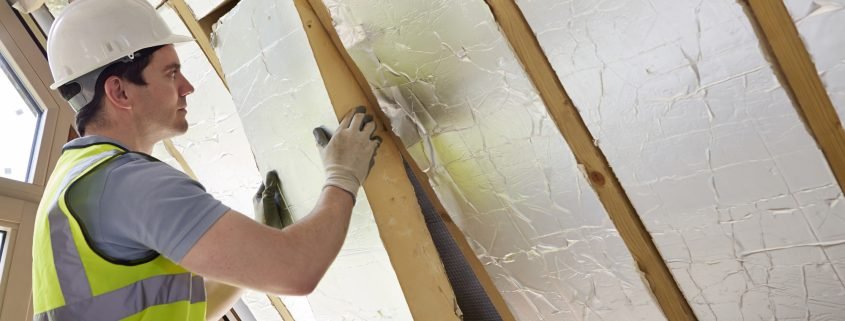Calling all landlords – get clued up on the new insulation laws with a professional house inspection
The incoming law changes for rental properties and insulation might have left you feeling a bit uneasy. What’s changed? What’s now expected of you? And most importantly, what’s it going to cost you? Or are you just scratching your head asking what law changes? And do I need a house inspection?
If you’re a landlord in NZ (or are keen to become one), there are a few changes you need to know about so you don’t get any nasty surprises come July 2019. We’re here to help you get clued up on the new incoming regulations so you can make the best decisions about your rental property.
The low down on insulation law changes
As of the 1st July 2019 all rental properties will be required to have ceiling and underfloor insulation. So, what do you need to do to make sure your property is compliant?
Well, if you’ve got a bit of a ‘she’ll be right’ approach to these new law changes, chances are your bank account ‘won’t be right’. Any landlord who doesn’t comply with these new regulations could end up paying a penalty up to $4,000. Ouch.
So what do you need to do to avoid that fine?
To meet the new regulations, insulation must meet the minimum R-Value – the measure of the insulation’s resistant to heat. The R-Value your property must have will depend on whether it’s made from timber or another material and where it is in the country (colder parts of the country have higher values – makes sense right?). For more in-depth information take a look here.
If your rental property already has existing ceiling and underfloor insulation that isn’t very old, you might not have to do a thing. However, we’d still suggest getting a house inspection to check it meets the required R-Values. You don’t want to be surprised with a painful fine that could’ve been avoided.
The exceptions to the rule
Of course there’s always an exception, and in this case there are a few that might mean you don’t have to install the insulation in your rental property by July 2019.
If, due to design or construction constraints, it’s either not physically possible to insulate or would require major renovations, then the exception may apply to you. Installing the insulation must be ‘reasonably practicable’ for an experienced and professional insulation installer to do. If your property is a little trickier, you might have more time up your sleeve to get your property insulated.
If you think this exception may apply to your rental property, check out any exceptions and your responsibilities as a landlord in more detail here.
Planning to buy a rental property? It’s time for a house inspection
Besides all the other reasons for a professional house inspection before purchase, getting a property inspection done before buying a rental property will also help you identify the insulation status of the house.
Is there any insulation at all? What condition is it in? What work will be necessary so that it’ll meet the requirements of the new insulation regulations? If a house I’m checking is quite old, I’ll often recommend upgrading the insulation. Or if it looks like insulation has been laid over older light fittings, I may recommend either cutting around the light or taking the opportunity to upgrade to LED lights (which allow insulation to be laid directly over the top of them, preventing any leakages).
Getting a house inspection before you buy will help you weigh up the true cost of your new rental property and whether it is a financially viable option. A house that looks great on the outside might have some costly work needed on the inside.
Have a rental property or in the market for one? Get in touch today for a free quote or to book a property inspection.










